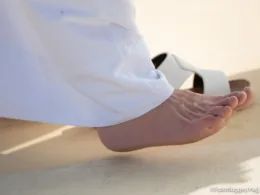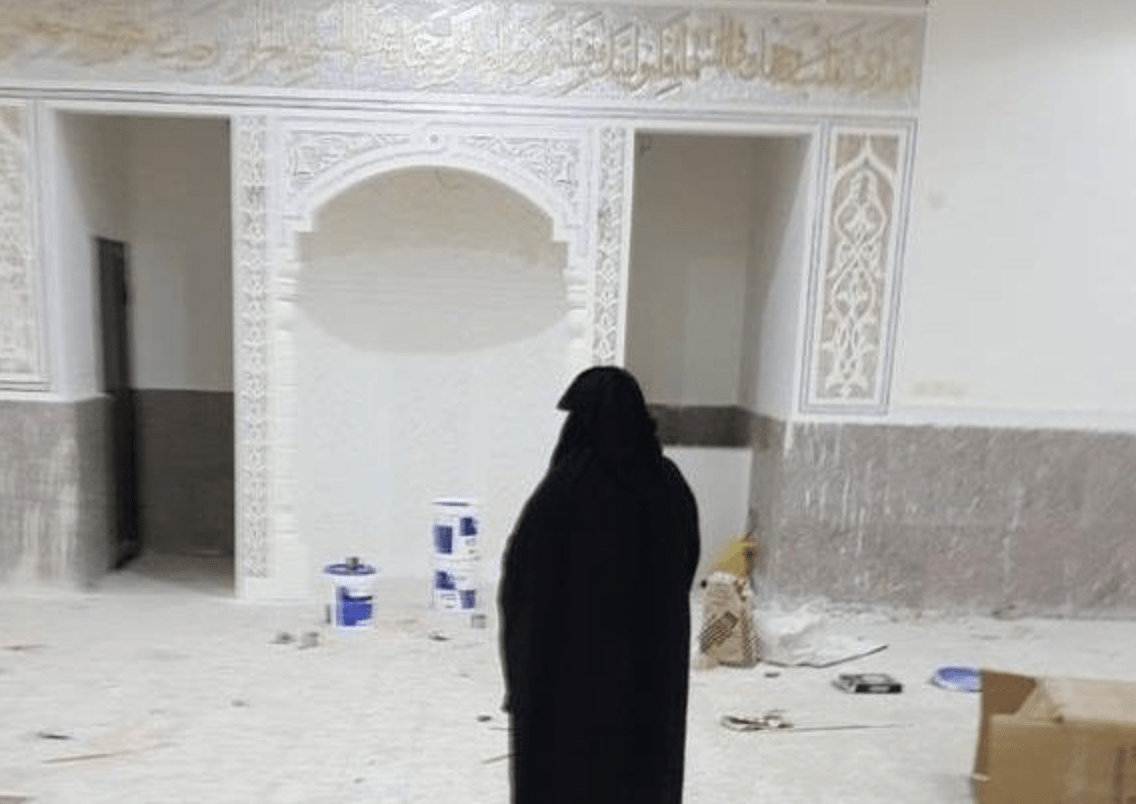Many argue that the Indian Karnataka State High Court’s ruling regarding a ban on wearing the hijab in schools for Muslim students may force girls from conservative Muslim families to drop out of school or colleges.
This situation obviously could worsen the communally sensitive Karnataka Coastal community.
The High Court hijab has shocked almost all Muslim communities in India, including Dakshina Kannada. Social media was filled with countless public posts expressing their disapproval of the decision, with many even calling it ‘unacceptable’ and ‘unconstitutional’.
According to Umar UH, president of the Muslim Writers’ Association, Mangaluru, the verdict potentially will significantly impact the poor and conservative Muslims dependent on government colleges. They are considered not to have the privilege to choose other options, such as switching to private institutions that allow the hijab.
Umar conveyed data showing that the region is home to 75 per cent of the Muslim population whose economic conditions were not good and even classified as poor. He said they could not afford to send their children to study in private universities that do not enforce this verdict.
He said the court should have considered this before allowing the government to impose a ban on wearing the hijab in schools for Muslim students.
Dr Chandra Poojary, a retired professor of Hampi University, is also worried about the court’s decision. He wonders how the court concluded that the hijab is not an important practice in Islam.
Dr Chandra feared that this development could result in the ghettoization of Muslims in Dakshina Kannada. However, he thinks that the long-term benefits will be gained for Muslim girls if they accept the verdict now and continue studying in college.
When announcing the hijab verdict, the high court said that hijab was not an important religious practice in Islam. Therefore, it is not protected by Article 25 of the constitution, which regulates the fundamental right to practice religion—added that the state’s right to rule what students can wear were reasonable.
Subscribe to our channels on WhatsApp, Google News, Facebook and Instagram.Discover more from The Islamic Information
Subscribe to get the latest posts sent to your email.












